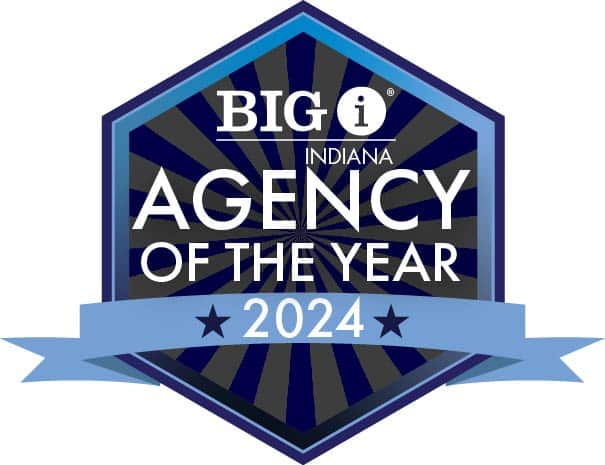Rate changes in 2021 are likely to be driven by factors including shifts in insurance enrollment. In the individual market, there’s likely to be an influx of people who lost their employer-sponsored coverage. But others may exit due to unaffordability, or may become eligible for Medicaid.
Even if the net enrollment change is small, the brief cautions, it could still trigger changes in the underlying morbidity level. “[W]hen individuals lose coverage, they must decide whether to purchase coverage, and less-healthy people are generally thought to be more likely to purchase coverage than healthy individuals.”
The pandemic-induced economic downturn may also mean small employers—especially those with healthy workers—are less likely to offer coverage.
Still, given the health-related nature of this particular crisis adverse selection in both the individual and small group markets might be reduced, with more value now placed on retaining health coverage.
A host of other factors will also drive rates, including COVID-19 testing and treatment costs, the availability of new treatments and vaccines, increases in mental health and substance abuse treatment needs, changes to telehealth utilization and costs, and changes to provider reimbursement rates.













